I'm exploring memory usage in Java to understand why my program leaks memory. After stripping off code in my main while loop, I still get an increase of memory usage over time. Pondering the memory usage of an empty program:
class Nothing
{ public static void main(String[] args)
{ while(true); }
}
I still saw an increase of memory:
So my question is: Why is there still a saw tooth pattern? Why when the GC runs does it not save all the memory (each time the gc runs (the valleys) the used memory increases by 10-20Kb (compared to the previous valley))?
EDIT:
java version "1.6.0_29"
Java(TM) SE Runtime Environment (build 1.6.0_29-b11)
Java HotSpot(TM) Client VM (build 20.4-b02, mixed mode, sharing)
OS: Windows 7 Enterprise-32 bit


